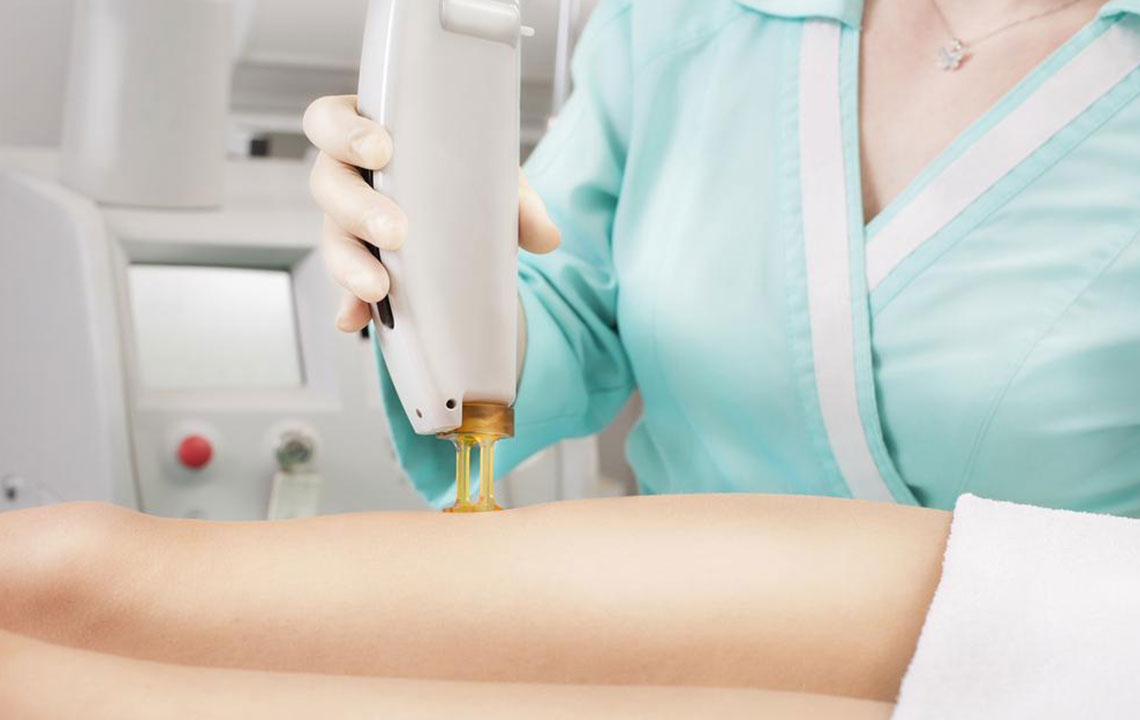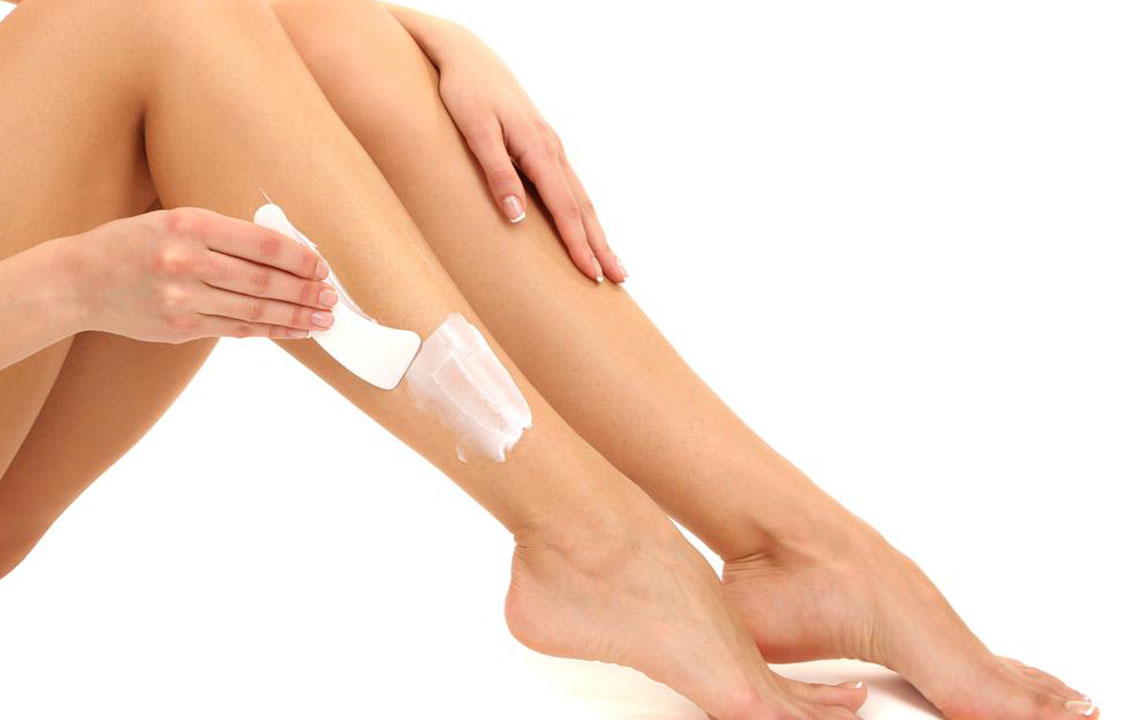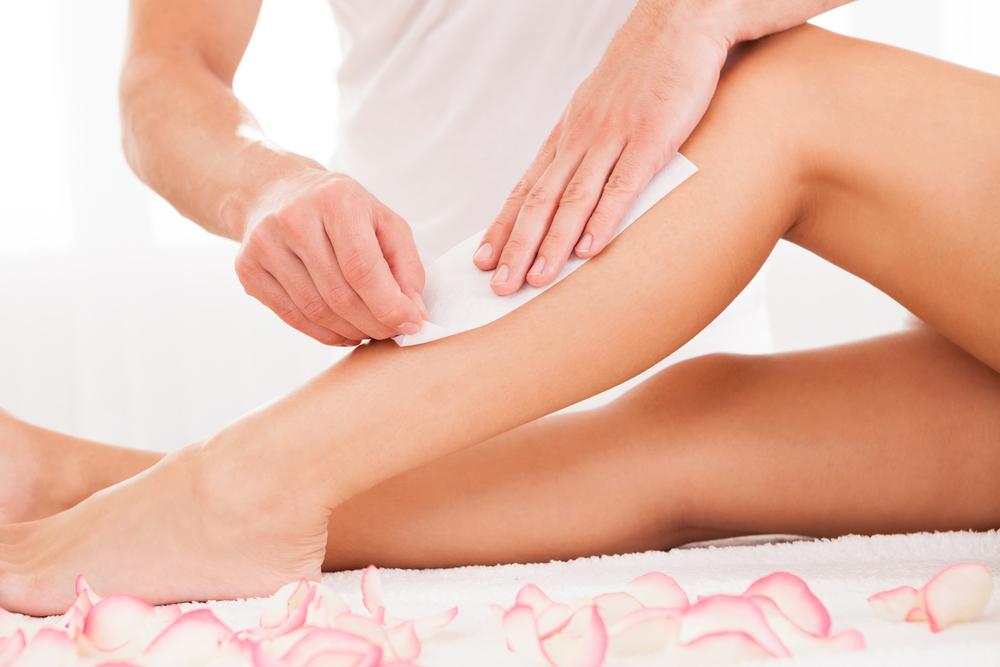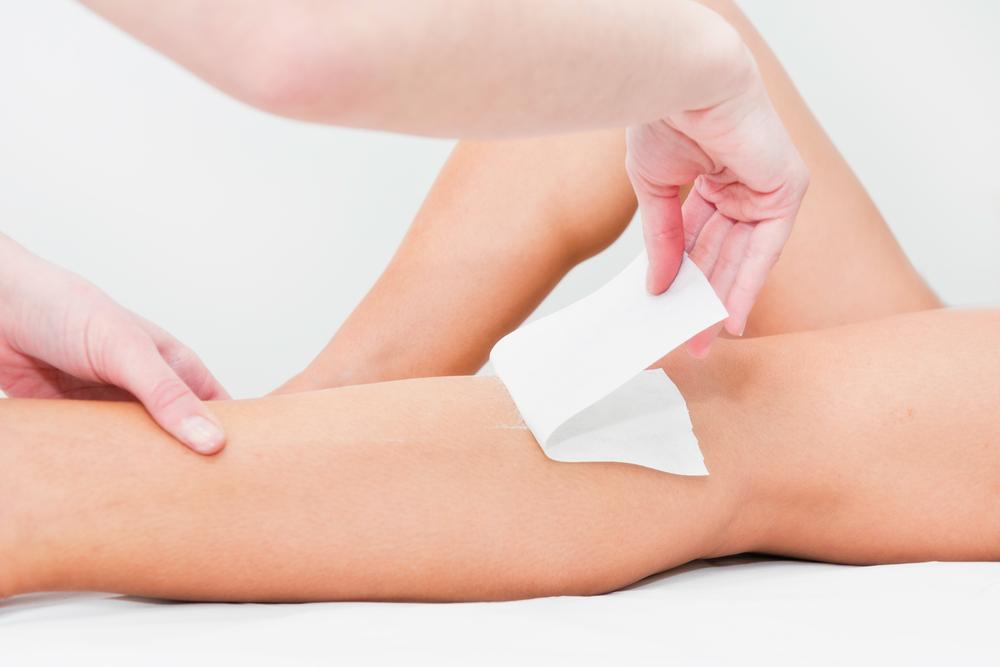Comprehensive Guide to Choosing the Ideal Hair Removal Method: Shaving, Waxing, or Creams
This comprehensive guide helps you choose the best hair removal methods—shaving, waxing, or creams—by providing detailed insights on benefits, techniques, and tips to achieve smooth, hair-free skin. Discover the most suitable option for your skin type and lifestyle to enhance your beauty routine efficiently and safely.

Comprehensive Guide to Choosing the Ideal Hair Removal Method: Shaving, Waxing, or Creams
Achieving perfectly smooth, hair-free skin is a common beauty goal for many individuals. However, the path to flawless skin can be more complex than it appears in advertisements. There are numerous hair removal options available on the market, each with its own advantages and disadvantages. The most popular methods include shaving, waxing, and depilatory creams. Selecting the right method depends on various factors such as your budget, pain tolerance, skin sensitivity, and the specific areas you wish to target. Understanding the nuances of each approach can help you make an informed decision that leads to satisfying results and minimal skin irritation.
In this detailed guide, we delve into the different hair removal techniques, their benefits, drawbacks, and best practices. Whether you're seeking quick fixes or long-lasting results, this guide provides insights to help you choose the method that aligns with your lifestyle and skin type.
Explore various hair removal options to determine which method suits your needs for smooth, hairless skin. From quick fixes to more enduring solutions, this comprehensive overview will help you make the best choice for your beauty routine.
Shaving — The fastest and most economical method:
Shaving remains one of the most popular hair removal techniques due to its convenience and low cost. It’s an ideal solution for those who need immediate results and are on a budget. For optimal shaving outcomes, always select a sharp razor and use a gentle, transparent shaving gel to ensure a smooth glide and minimize irritation. Showering or soaking the skin beforehand softens hair follicles and opens pores, allowing for a closer shave.
Many women prefer softening their hair with conditioners or body oils before shaving to reduce skin irritation. It’s crucial to shave in the direction of hair growth to prevent ingrown hairs and cuts. Since shaving only cuts hair at the surface, hair regrowth tends to be rapid—often within a day or two—making it a suitable option for quick, short-term hair removal. For the best shaving experience, popular razors like Gillette Venus Embrace and Schick Hydro Silk are highly recommended for their sharp blades and smooth finish.
Keep in mind that frequent shaving can sometimes lead to irritation or cuts, especially if done hastily or with dull blades. Therefore, regular blade replacement and proper skin preparation are necessary to maintain skin health.
Waxing — Longer-lasting hair removal with some discomfort:
Waxing offers a more enduring solution—up to three weeks—by removing hair from the root. Though it can be painful, many users find the results worth the temporary discomfort. At-home waxing kits are affordable and easy to use, making them a popular choice for DIY hair removal. Alternatively, professional waxing services at salons ensure precision and can be more comfortable due to trained technicians.
To wax effectively, apply hot wax evenly on the targeted area, then remove the wax strips against hair growth with a swift pull. Hair should be at least a quarter-inch long for optimal removal; shorter hair may require regrowth before waxing again. Cold compresses or soothing lotions can alleviate pain or skin irritation after waxing.
Waxing is particularly effective for larger areas like legs, arms, and the bikini line. Regular waxing can also lead to finer hair regrowth over time, diminishing the density of hair.
Depilatory creams — Fast, painless, and budget-friendly:
Depilatory creams are a convenient alternative for those seeking quick hair removal without discomfort. These creams contain chemicals that dissolve hair at the skin’s surface, providing smooth skin in minutes. Application involves spreading the cream evenly over the targeted area, waiting for the recommended duration, then wiping or washing it off. It’s essential to perform a patch test before full application, especially for sensitive skin areas, to prevent allergic reactions or irritation.
Popular depilatory creams include brands like Veet, Nair Sensitive, and Surgi-cream. They work well on delicate areas such as the face, underarms, and bikini line. While depilatory creams offer short-term results, they are a quick and painless solution suited for busy schedules or last-minute touch-ups.
While creams are effective and easy to use, they may not provide as long-lasting results as waxing. Additionally, some chemical formulations can cause skin irritation for sensitive users, so always follow safety instructions and conduct patch tests before broader application.
In conclusion, choosing the ideal hair removal technique depends on individual preferences and skin characteristics. Shaving is best for quick and economical results, waxing for long-lasting smoothness, and creams for painless, quick touch-ups. Proper skin preparation and aftercare are essential regardless of the method chosen to ensure healthy, irritation-free skin. Exploring different options and perhaps combining methods can help you find the perfect routine for your needs. Remember, consistency in skincare and maintenance can significantly improve the overall effectiveness and comfort of your hair removal process.





